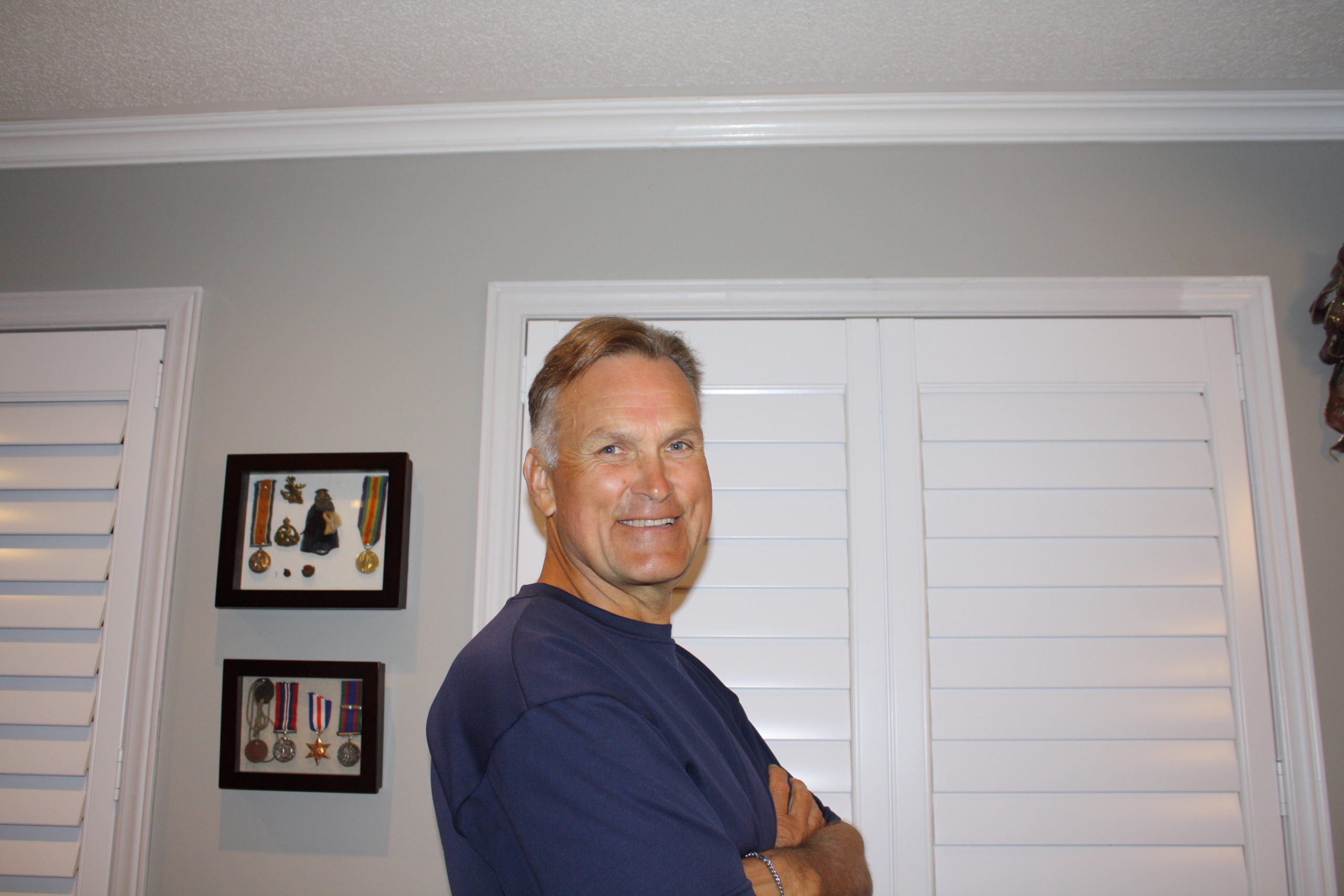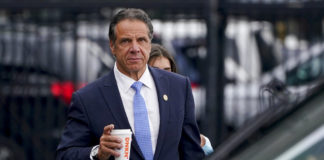There has never been an openly gay player in the NHL. While other sports have many members of the LGBTQ+ community playing out in the open, the NHL remains an outlier. Not one player in the league’s 103-year existence has ever come out publicly as gay – not even in retirement.
I have heard the explanations, ranging from the ludicrous (there are no “gays” in the league) to the simplistic (the game’s hateful, toxic male culture drives gay players underground). As with everything in life, the reason for their absence is complex. I believe, however, that it won’t be long before the NHL has openly gay players lacing up their skates and others working in the ranks of management and hockey operations.
Related: Is the NHL Ready for a Gay Player?
NHL commissioner Gary Bettman recognized this in 2016 when he spoke about the league’s partnership with the You Can Play organization, working to dismantle barriers met by gay athletes in sport. He said, “We certainly don’t want a player to come out for our sake. It should be what’s right for him and something that he must be comfortable with. But I think it’s our job to create a culture and an environment where a gay player knows he is safe and welcome. If and when that happens, believe me, that person will have the full support of the commissioner’s office” (from “Gary Bettman says NHL is ready for its first openly gay player,” The Chicago Tribune, 29/06/2016).
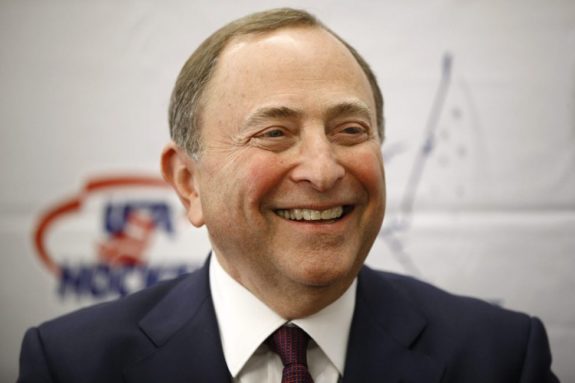
Today, hockey must reflect the changing values of its fan base. That fan base is more progressive and more intolerant of intolerance itself. Fans of the future will not accept homophobia in the sports and entertainment products they consume.
There Are No Gay Players in the NHL. . .Really?
Statistically, there are now and always have been gay players in the NHL. Admittedly, precise estimates of the gay population in the league are notoriously difficult to find. Nonetheless, according to a 2017 Gallup study based on 340,000 interviews, the percentage of American adults identifying as lesbian, gay, bisexual or transgender in 2017 was 4.5%.
Taking into account the multinational makeup of the NHL, let’s assume gay men make up half that number or 2.25% of the global population. There is no reason to believe that the American population is different from others in terms of sexual orientation. If these assumptions hold then, with roughly 700 players in the NHL, we can reasonably expect at least 15 gay players in the league in any given year. That means that, over the years, there have probably been several hundred gay NHLers, all of whom presumably kept their sexual orientation hidden from the public.
Some still insist that, notwithstanding the odds, there are simply no gay men playing in the NHL. Mark Tewksbury, an Olympic gold medalist in swimming at the 1992 Olympic games, a former chef de mission of Canada’s 2012 Summer Olympic team and a prominent gay activist in sports for many years, scoffs at that idea.
Asked in a Canadian Broadcasting Corporation interview why there are no gay players in the NHL, he could barely contain a laugh. Rolling his eyes, he explained, “There’s no gay hockey players because there haven’t been any in the NHL who’ve ever come out, not even in retirement.”
OK. There Probably Are Gay Players in the NHL. So, Why Haven’t They Come Out?
First, no member of the LGBTQ+ community, including hockey players, should be forced to come out, and they should never have to live in fear of being “outed”. Everyone has a right to privacy and to earn a living without having to account for their sexual orientation. What’s more, no public figure should have to face the expectation of becoming the poster child for gay rights if they don’t want to be.
If indeed there are no gay players in the NHL, that would set the league apart from the other “Big Four” professional sports leagues in North America. The National Football League has had seven openly gay players. While all of them came out after they retired, running back David Kopay did it back in the 1970s.
Major League Baseball has had two players who were openly gay. One of whom was Glenn Burke, who came out while he was playing for the Oakland Athletics back in 1977, and who said, “They can’t ever say now that a gay man can’t play in the majors, because I’m a gay man and I made it.”
The National Basketball Association has had two players who came out as gay, one during his final year in the league.
Speaking of the absence of openly gay players in the NHL, Tampa Bay Lightning goaltender Anders Nilsson, a prominent supporter of the LGBT+ community, said, “When people say there are three to four gay players on each [NHL] team, I say no, absolutely not. They quit when they were younger.” He further explained that if he had been gay, playing as a teen, he would have quit because of the homophobic slurs on the ice, in the dressing rooms and the stands – all over the hockey world.
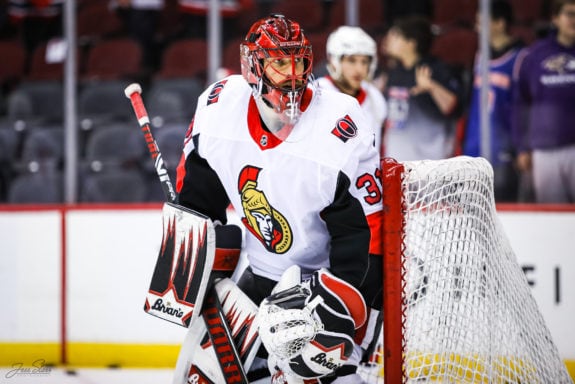
So, what’s up with the NHL? While there may be very few gay players in the league or perhaps none at any given moment, it’s clear that over the decades, there must have been many skating in secret.
Is Hockey Culture to Blame?
Many claim the culture of hockey drives gay players underground. One of them is Brock McGillis, now an LGBTQ+ activist who played professional hockey in the minor leagues and was one of the first pros to come out publicly as gay.
He explained, “There’s this idea that to be a hockey player, you have to be macho, hyper-masculine, a ‘bro’ tough guy…And the language and attitudes and actions within the sport almost give the idea that if you’re gay, you’re less than these things. You’re weak, you’re soft, you’re effeminate” (from “Culture of Hockey: Q&A with Brock McGillis, the first openly gay pro hockey player,” The Hockey News, 04/12/2019).
Anti-gay slurs are common in hockey from midget house leagues to major junior and college. Some say it’s because they are allowed to persist because of parents and coaches who have failed to bring the game into the 21st century. (from “Hockey and Homophobia: We are All Complicit,” The Globe and Mail, 21/04/2016)
McGillis pointed to Mark Crawford’s one-month suspension in 2019 as an example of the anti-gay culture that still permeates the league. At the time, Crawford was an assistant coach with the Chicago Blackhawks suspended for using homophobic language directed at his players.
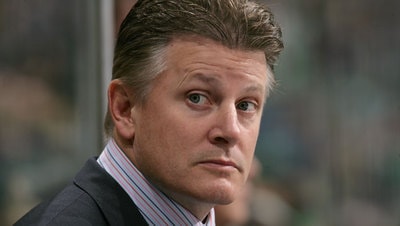
Worse still, former Calgary Flames head coach Bill Peters lost his job for using racist and, according to McGillis, homophobic language. Peters once launched the “N-bomb” at Akim Aliu while coaching in the American Hockey League (AHL). When Aliu stood up to him, Peters sent the big defenseman down to the ECHL. McGillis asked, “Do you really think a gay player is coming out (in that culture)?”
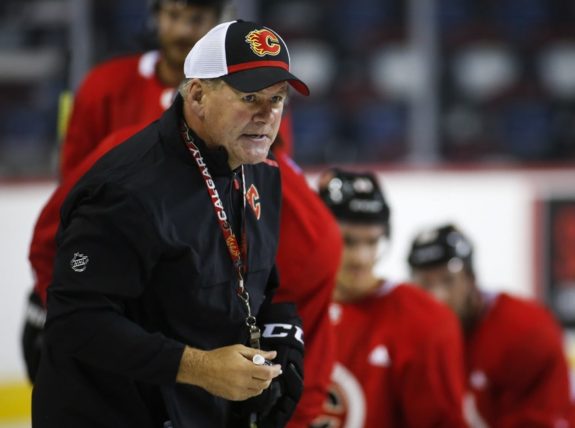
For McGillis, Crawford and Peters were not outliers. Rather, he said, “These guys are the product of their culture – generation after generation of it.” This all makes it very difficult for gay players to come out.
Most professional players have a very brief career. Coming out as gay means risking ridicule, condemnation, strained relationships and possibly missed opportunities to play. It could even mean being cut from the team and an end to their dream of playing in the NHL.
But Hockey Culture Has Changed – Hasn’t It?
To be fair, the NHL has taken steps to make hockey more inclusive and LGBTQ+-friendly. Since 2016, they’ve been an official partner of You Can Play, co-founded by Patrick Burke, a scout for the Philadelphia Flyers and son of renowned hockey executive, broadcaster and gay rights activist Brian Burke, now vice president of hockey operations for the Pittsburgh Penguins. The Burkes got involved to memorialize Brendan Burke, Brian’s son, who was gay and involved in college hockey in the U.S.A.; he died in a car accident in 2010.
The NHL also established the “Hockey is for Everyone” initiative that uses the sport – and the league’s global influence – to provide a positive environment for players, families and fans of every race, colour, religion, national origin, gender, age, sexual orientation, socio-economic status and for those with disabilities.
NHL players are also prominent in the effort to combat homophobia in hockey. Boston Bruins star Brad Marchand took a stand against a homophobic slur directed at him on Twitter in 2017 and said of his fellow players, “Guys would accept it, no question (if a gay player came out). We’re a team in the locker room and a family. It doesn’t matter what different beliefs guys have, or where they come from, or whatever the case may be. Guys would accept it.”
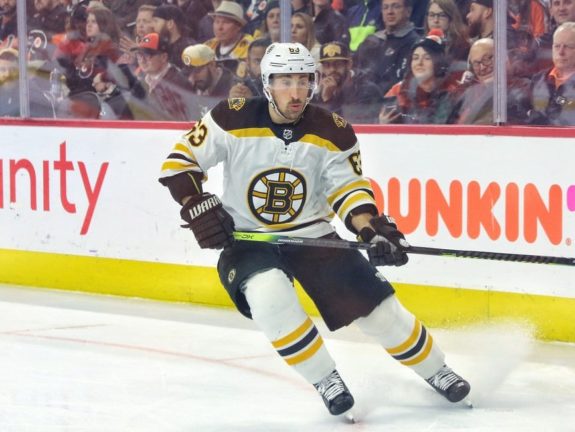
Vancouver Canucks goalie Braden Holtby has been an enthusiastic supporter of LGBTQ+ causes. The 2016 Vezina Trophy-winner participated in three Capital Pride Festivals in Washington when he was a member of the Capitals and marched twice in the city’s pride parade. He also regularly attended the national annual dinners of the Human Rights Campaign Action Centre.
Representing the Capitals at one such dinner, Holtby said that his team is “proof that supporting LGBTQ equality is a winning decision and we’re honoured to stand here in front of you in the fight.”
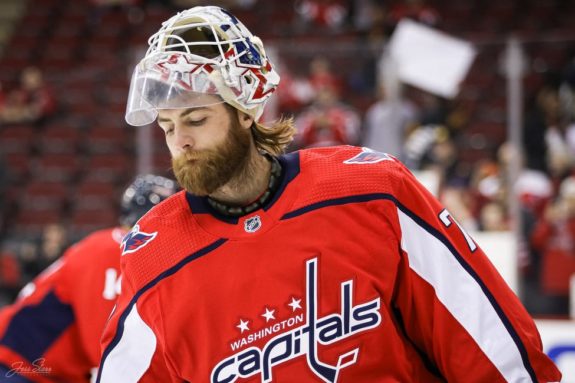
Toronto Maple Leafs general manager Kyle Dubas and defenseman Morgan Reilly have participated in the Toronto Pride Parade. Other NHL players to march include Kurtis Gabriel of the New Jersey Devils, J.T Brown of the Minnesota Wild, Roman Josi of the Nashville Predators and Artemi Panarin of the New York Rangers.
It’s a Different Culture That Stops Gay Players From Coming Out
While it would be hard to argue that the NHL has rid itself entirely of homophobia, there can be no doubt that the blatant variety is no longer tolerated in the league. Over the years, the NHL has arguably made a credible effort to create an environment in which gay players would find it easier to come out. Despite this, as yet, none have.
Part of the explanation for this is hockey’s culture of conformity. It is unacceptable for an NHLer to draw attention to themselves at the expense of the team and its drive to win. Hockey players have always been understated and for the most part, shun behaviour that doesn’t fit with their team’s culture.
Related: Will We See an Openly Gay Player in the NHL Soon?
It’s why players tell sportswriters during postgame interviews that the goal they scored was thanks to their teammate who set them up or made the perfect pass. It’s why P.K. Subban’s ostentatious suits and on-ice theatrics were rumoured to be at odds with how management believed a Montreal Canadien should carry himself. And it’s why a gay player would feel it’s best just to stay in the closet rather than become a poster boy for gay rights at the expense of their team’s focus on winning championships.
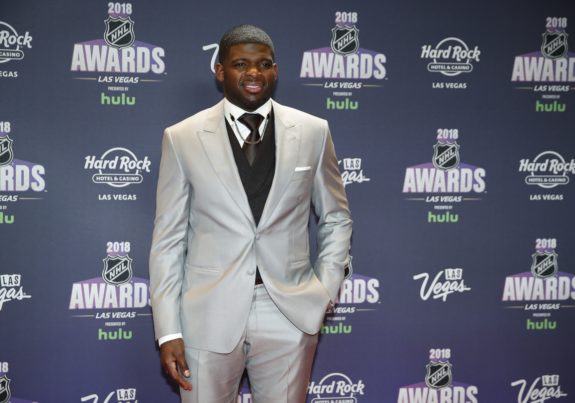
In short, despite everything the NHL has done to be inclusive, it’s still hard to be different in the NHL. That goes for anybody who is different.
While the story of openly gay players in the NHL has yet to be written, there are signs emerging on the periphery of the league that one day soon it will be told. Bayne Pettinger, a young player agent and Yanic Duplessis, a 17-year-old junior player have made it easier.
Bayne Pettinger’s Story
Bayne Pettinger, who was the manager of hockey operations for Hockey Canada’s men’s national team for 10 years and now an NHL player agent, came out in 2020. After years of keeping his sexual orientation hidden, he reached a point where he had to be himself (from, “A young NHL player agent comes out, supported by hockey’s biggest stars,” The Athletic, 5/11/2020).
Still, the decision to come out filled the 33-year-old with dread. In the time he spent with Hockey Canada, the 6-foot-4 former Junior B player had developed close friendships with some of the NHL’s biggest stars, including Penguins captain Sydney Crosby, Edmonton Oilers stars Connor McDavid and Tyson Barrie, as well as Morgan Reilly of the Maple Leafs.
Playing junior hockey required courage, as did playing elite-level rugby for Canada’s national under-19 team. Yet to come out, Pettinger would need a different, even greater kind of courage.
He asked himself, what if Crosby and McDavid wanted nothing to do with him? What if Reilly and Barrie didn’t understand? What if his former colleagues with Hockey Canada turned their backs on him? What would happen to his career? Would coming out cost him hockey itself?
None of his worst fears came to pass. After he publicly disclosed his sexual orientation, his phone exploded with congratulatory messages and encouragement. McDavid texted, “Doesn’t change a thing dude, honestly. Just happy ur happy.”

Crosby texted, “We are happy for you and I am sure it feels good to get that off your shoulders and be able to be you.”
Barrie was elated, and Reilly was overjoyed for him. Former Hockey Canada president Bob Nicholson told Pettinger that he had “never been prouder of him.”
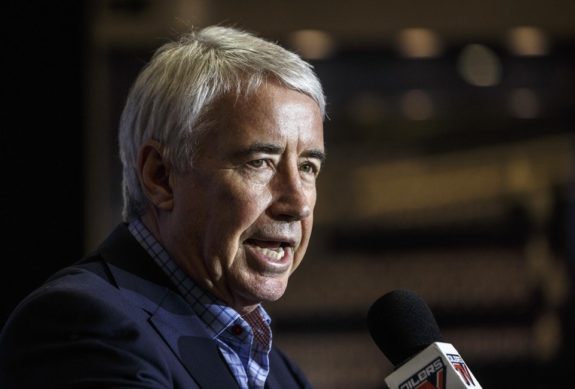
Pettinger won’t deny that gay players face adversity in hockey. The game has to do more to create an environment in which gay players are accepted. Yet, he gives credit where it’s due, saying, “It’s not me against the big, bad hockey world. It’s actually the opposite, it’s actually quite the opposite for me, that the big, bad hockey world has been quite accepting.”
Yanic Duplessis’ Story
We are also beginning to see more acceptance. In 2019, a 17-year-old Yanic Duplessis was drafted by the Drummondville Voltigeurs to become the first openly gay player to be drafted into the Quebec Major Junior Hockey League (QMJHL) – a key stepping stone to the NHL.
Duplessis said that coming out “was a struggle for me, and it shouldn’t be. It shouldn’t be a big deal.” For much of his young hockey career, he was afraid he would be found out in what remains “a very macho, manly sport.” However, it wasn’t as bad as he feared. Former NHL tough guy turned Quebec politician Enrico Ciccone responded on his Twitter account, saying, “Yanic Duplessis, an elite athlete had the courage to publicly embrace his sexual differences. Congratulations Yanic! This is not only a liberating step for you, as I’m sure it is for others.”
This was followed by a supportive message from former Voltigeur and Montreal Canadien, Guillaume Latendresse. Duplessis’ teammates also reached out to him with support, some saying that they had no idea what he had been going through and wished he had said something sooner.
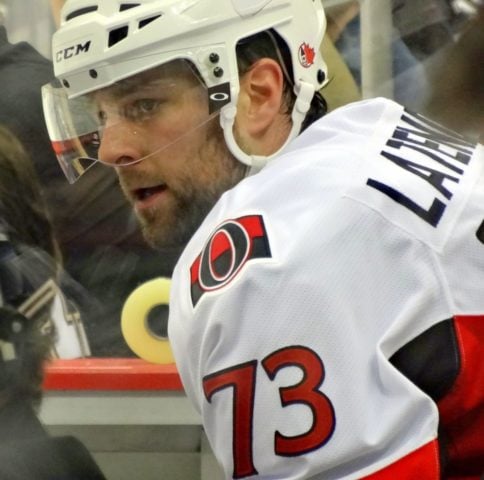
Duplessis echoes McGillis in the belief that the key to gaining wider acceptance is education and putting a human face on being gay. He said his dressing room experiences haven’t been bad, and while he’s heard cutting and sometimes vile anti-gay language, “It came from a place of ignorance.” He said that “If they knew I was gay, I’m sure they wouldn’t have said what they did.”
Several young players contacted Duplessis to say, “Me too.” He hopes that admitting his sexual orientation publicly will “make it a little easier for others to step forward.”
Hockey Pride
Hockey is pure and it’s beautiful. It should not be sullied by the behaviour of some. I believe the good in the game far outweighs the homophobia that still festers in certain pockets of the sport’s culture. Still, more must be done to build bridges to the LGBTQ+ community. Not only is it the right thing to do, but the game will suffer if those bridges aren’t built.
Anders Nilsson summed it up best by saying, “What happens is that we will lose gay players, who might otherwise have been the next Sidney Crosby or Connor McDavid or Wayne Gretzky. We lose talents. And some families with strong feelings about things might feel that, regardless if their son is straight or gay, he shouldn’t play hockey because they don’t want him in that harsh culture where coaches and players call each other all sorts of things. We lose our pride in hockey.”
Paul covers the Calgary Flames along with the OHL’s Ottawa 67s. A freelance writer and blogger, he is also a passionate old timers’ hockey player. Of his work with The Hockey Writers, Paul says, “I love to tell stories about the game of hockey and the personalities – both past and present, who have made it the greatest game on the planet!” Follow him on Twitter at @pquinney


